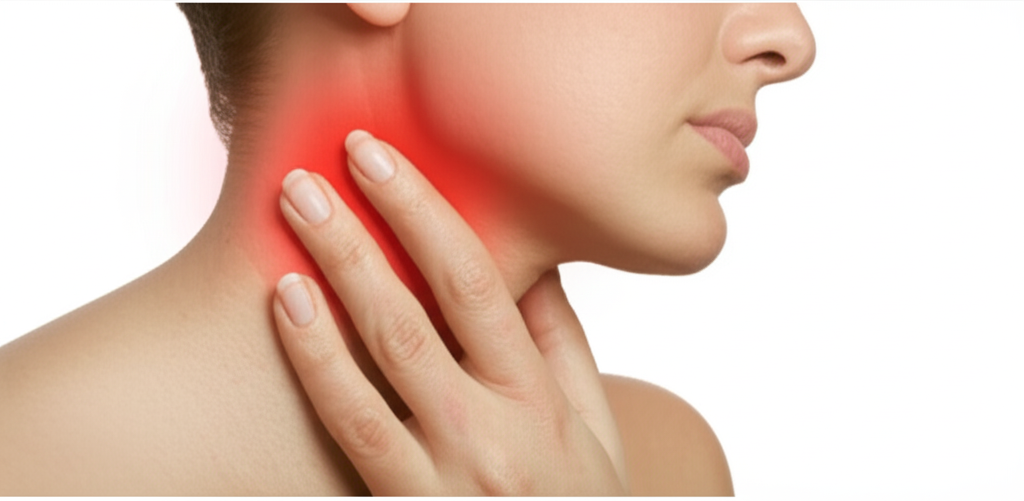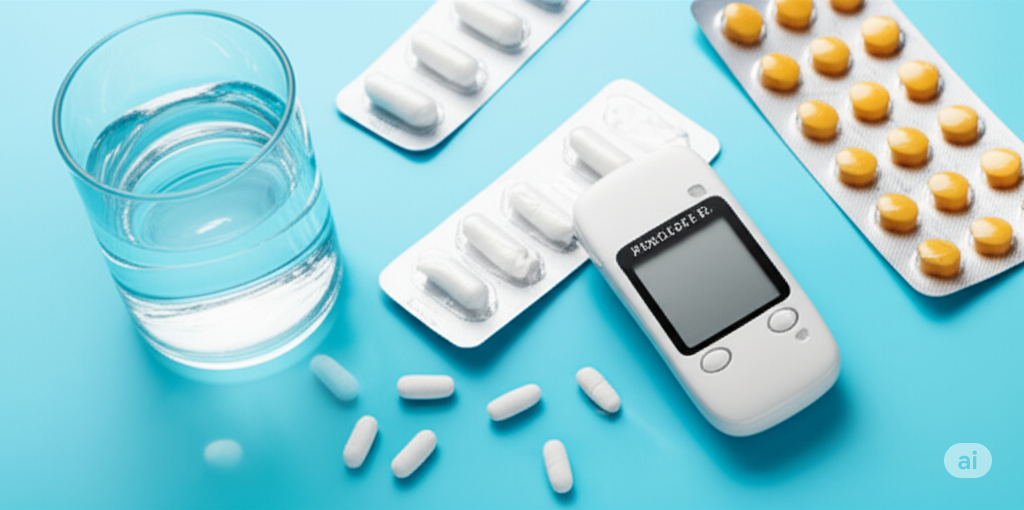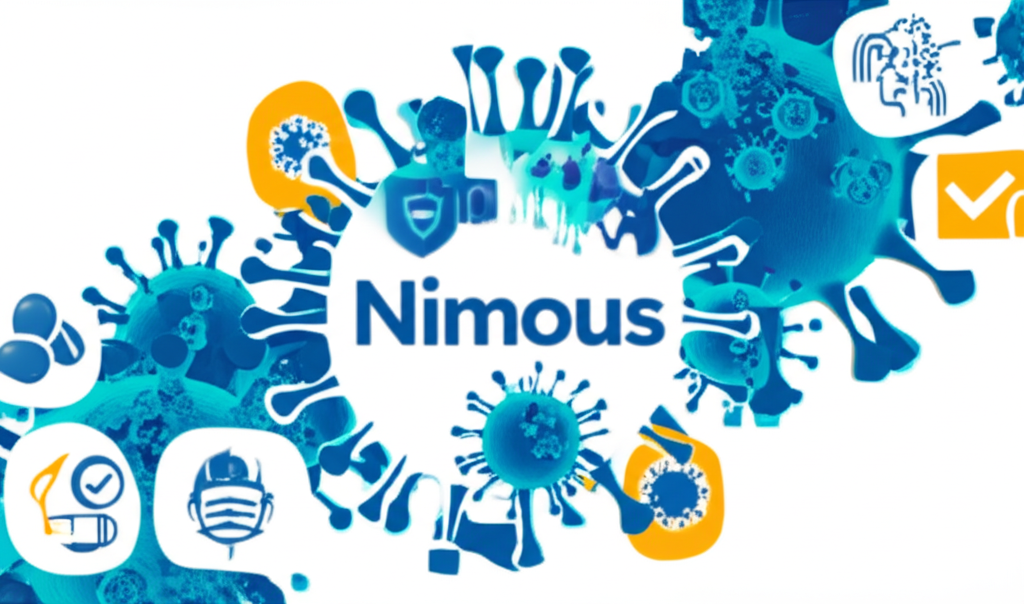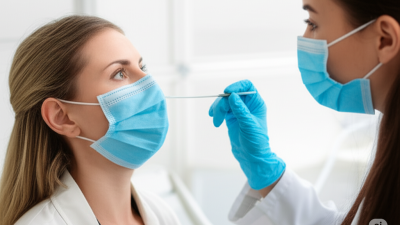As of June 2025, a new COVID-19 variant, NB.1.8.1, nicknamed “Nimbus,” is making headlines due to its rapid spread in the United States and globally. This Omicron subvariant, first identified in China in January 2025, is driving a significant portion of cases, raising concerns about its transmissibility and impact. In this blog post, we’ll dive into the details of NB.1.8.1, covering its signs and symptoms, diagnostic methods, treatment options, and prevention strategies to keep you informed and prepared.
What is the NB.1.8.1 (Nimbus) Variant?
The NB.1.8.1 variant is a highly transmissible sublineage of the Omicron family, descending from the JN.1 and XBB strains. It has been classified by the World Health Organization (WHO) as a “variant under monitoring” due to its rapid global spread and mutations in the spike protein, which may enhance its ability to bind to human cells. In the U.S., NB.1.8.1 accounts for approximately 37% of COVID-19 cases as of early June 2025, with detections reported in states like California, New York, and Hawaii. While it’s more infectious than the previously dominant LP.8.1 variant, early data suggests it does not cause more severe illness.
Signs and Symptoms of NB.1.8.1

The symptoms of NB.1.8.1 are broadly similar to those of other Omicron subvariants, but a distinctive feature reported by some patients is a severe sore throat described as feeling like “razor blades.” Symptoms typically appear 2 to 14 days after exposure and may last from a few days to weeks, depending on factors like age, vaccination status, and overall health. Common symptoms include:
- Fever or chills
- Cough
- Sore throat (often severe with NB.1.8.1)
- Fatigue
- Runny nose or congestion
- Headache
- Body aches
- Shortness of breath
- Nausea, vomiting, or diarrhea
- Loss of taste or smell (less common than with earlier variants)
For some, symptoms may be mild, resembling a cold or flu, while others, particularly the elderly, immunocompromised, or those with chronic conditions (e.g., diabetes, heart disease), may experience more severe symptoms. If you notice worsening symptoms like difficulty breathing, chest pain, or confusion, seek medical attention immediately.
Investigation and Diagnosis
Diagnosing NB.1.8.1 follows the same protocols as other COVID-19 variants. Standard testing methods include:
- Antigen Tests (ATK): Rapid at-home tests can detect COVID-19 but do not identify specific variants. A positive result (two lines on control and test) warrants isolation and further medical evaluation.
- PCR Tests: These are more sensitive and can confirm COVID-19 infection. To identify NB.1.8.1 specifically, genetic sequencing of the virus is required, though this is typically done for public health surveillance rather than routine diagnosis.
- Wastewater Surveillance: Public health officials use wastewater data to monitor the prevalence of NB.1.8.1 and other variants, providing insights into community spread.
If you experience symptoms, test promptly using an at-home antigen test. If negative, retest after 1-2 days, as early tests may miss the virus. For confirmation or severe symptoms, visit a healthcare provider or testing center. Facilities like MedPark Hospital in Bangkok offer 24-hour testing with advanced technologies like RT-PCR and MALDI-TOF for precise results.
Treatment Options

Treatment for NB.1.8.1 aligns with protocols for other Omicron subvariants, focusing on symptom management and, for high-risk groups, antiviral medications. Here’s a breakdown:
- For Mild Symptoms:
- Rest and hydrate to support recovery.
- Use over-the-counter medications like paracetamol or ibuprofen for fever and pain.
- Practice steam inhalation or use cough remedies as advised by a pharmacist.
- Isolate at home to prevent spreading the virus, ideally until symptoms improve and you’re fever-free for 24 hours without medication.
- For High-Risk Groups:
- Antiviral medications like Paxlovid, Molnupiravir, or Remdesivir are recommended for the elderly, immunocompromised, or those with chronic conditions. These are most effective when started within 2-5 days of symptom onset and can reduce hospitalization risk by up to 26% and death by 73%.
- Seek medical care promptly if you’re in a high-risk group or if symptoms worsen.
- Severe Cases:
If you’re unsure about your symptoms or treatment options, consult a healthcare provider or schedule a virtual visit. Facilities like GoHealth Urgent Care offer rapid testing and telehealth services for guidance.
Prevention and Vaccination

Preventing NB.1.8.1 infection relies on familiar public health measures:
- Vaccination: The 2024-2025 COVID-19 vaccines, targeting JN.1 and related strains, are expected to provide protection against severe outcomes from NB.1.8.1. However, new FDA guidelines limit updated vaccines to adults over 65 or those with underlying conditions, potentially reducing access for healthy adults and children. Stay up-to-date with vaccinations if eligible, as they remain the best defense against hospitalization.
- Masking: Wear a well-fitted KN95 or N95 mask in crowded or high-risk settings, especially during travel or indoor gatherings.
- Hygiene and Distancing: Wash hands frequently, maintain clean indoor air, and avoid contact with sick individuals.
- Isolation: If you test positive, isolate for at least 24 hours after symptoms improve and you’re fever-free, and consider masking for an additional 5 days.
Looking Ahead
While NB.1.8.1 is highly transmissible, it does not appear to cause more severe disease than previous Omicron subvariants. However, its ability to evade immunity from prior infections or vaccinations underscores the importance of staying vigilant. Experts predict a potential uptick in cases during the summer of 2025, driven by travel and social gatherings, but widespread immunity from vaccines and prior infections may limit severe outcomes.
Stay informed by following updates from the CDC, WHO, and local health authorities. If you suspect you have COVID-19, test early, seek medical advice if needed, and take precautions to protect yourself and others. Together, we can navigate this evolving challenge and keep our communities safe.
Need Testing or Treatment? Contact your nearest healthcare provider or urgent care center for testing and guidance. For more information, visit CDC COVID-19 Data Tracker or WHO’s Variant Tracking.





